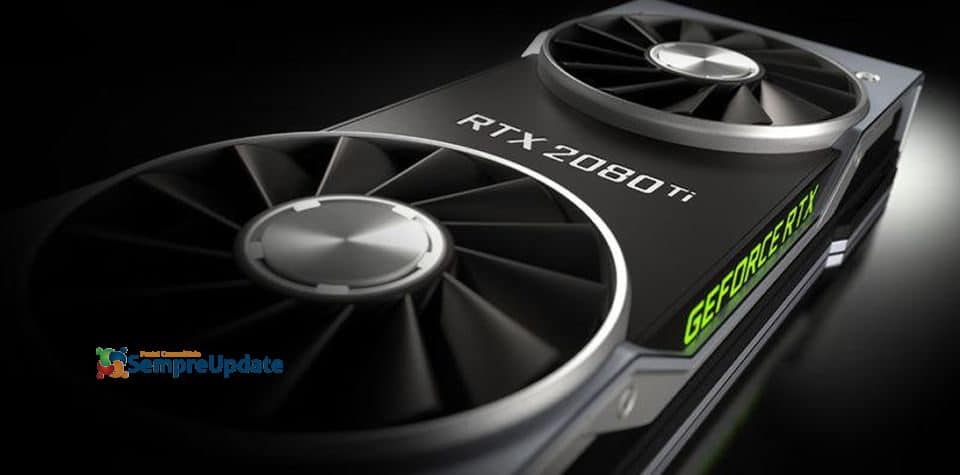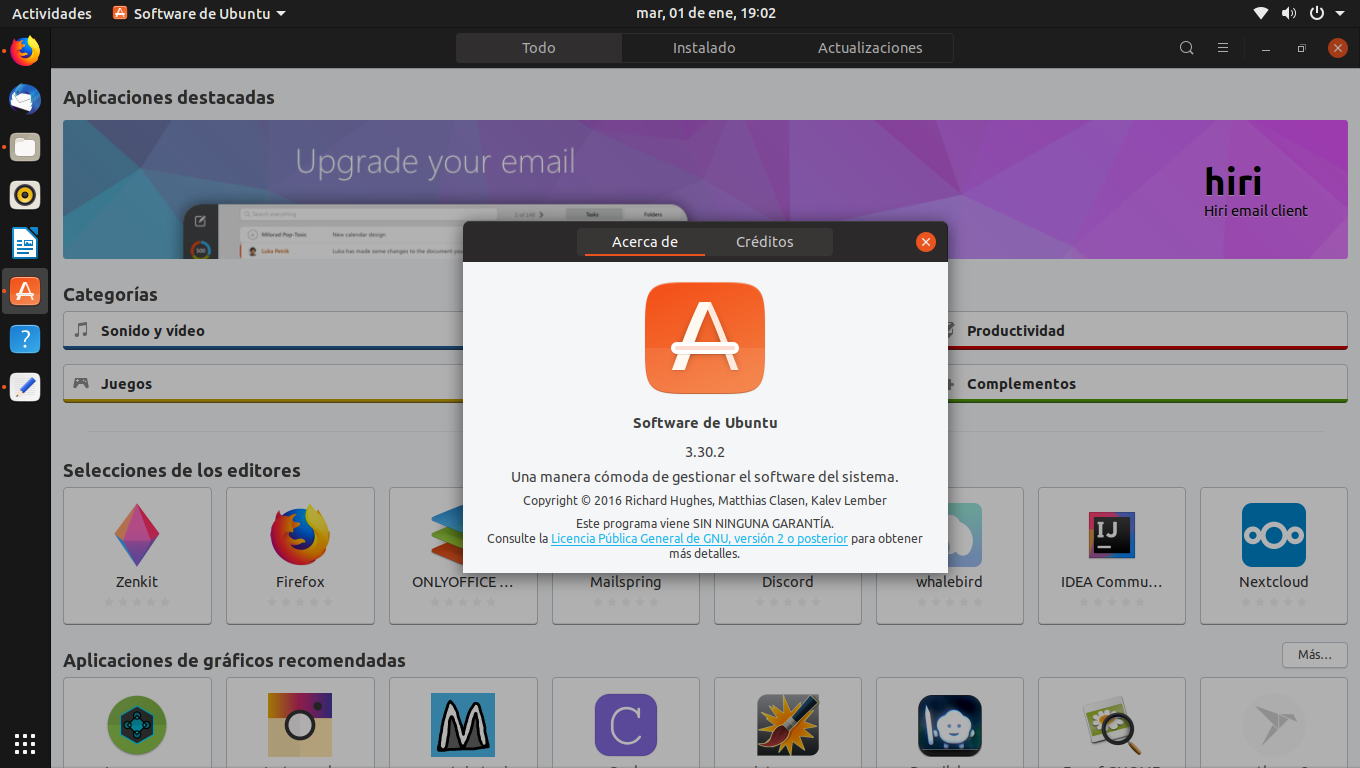

- #Ubuntu 18.10 install nvidia cuda drivers driver#
- #Ubuntu 18.10 install nvidia cuda drivers download#
If you run Ubuntu 18.04, own a hybrid laptop with an Intel and an NVIDIA GPU (supported by the 390 NVIDIA driver), we would love to get your feedback on the updates in Ubuntu 18.04. NOTE: fixes for Lightdm, and for SDDM still need some work, and will be made available in the next update.īoth issues should be fixed in Ubuntu 18.10, and I have backported my work to Ubuntu 18.04, which is now available for testing. We have backported a commit to solve the problem with logind, and I have worked on a few changes in gpu-manager, and in the other key components, to improve the experience when using Gdm3. The inability to switch between power profiles on log out (thus requiring a reboot).An increase in power consumption when using the power saving profile (i.e.

The following are the main issues experienced by our users: If there is no problem, the following output will appear (it will be accompanied by a lot of debugging information and there may be warning messages, you can take a closer look): -version:2.1.Ubuntu 18.04 marked the transition to a new, more granular, packaging of the NVIDIA drivers, which, unfortunately, combined with a change in logind, and with the previous migration from Lightdm to Gdm3, caused (Intel+NVIDIA) hybrid laptops to stop working the way they used to in Ubuntu 16.xx and older. If daocloud is used, the image name needs to be changed to daocloud.io/neucrack/tensorflow-gpu-p圓-jupyterlab v volume1:volume2: the disk mapping between the host and the container, volume1 is the folder of the host, such as mapping /home/$'.format(tf._version_, tf.test.is_gpu_available(), tf.add(1, 2).numpy()) ) " p port1:port2: host and container port mapping, port1 is the port of the host rm: delete in time, do not save the container, that is, delete after exit : build an image from Dockerfile docker run common parameters Newgrp docker # Or restart the terminal, if it does not take effect, you can restart Common commandsĭocker run image_name : create a new container from the imageĭocker ps -a: all containers, including those that are not runningĭocker rm container_name: delete the containerĭocker start container_name: start the containerĭocker attatch container_name: attach to the containerĭocker exec conrainer_name : execute commands in the containerĭocker logs container_name: view container execution logĭocker build -t image_name. It is recommended to remove the proxy when creating the container Set the current user can access docker (non-root) When you pull the image, you can set the proxy to make the pull faster.
#Ubuntu 18.10 install nvidia cuda drivers download#
If the download is slow, you may need to set up a proxy, or you can use a domestic mirror instead of an official mirror, such as daocloud mirror acceleration If it is deepin, you need to modify the unstable in sudo vim /usr/share/python-apt/templates/ to stableĪnd use the command sudo add-apt-repository "deb stretch stable" Set up proxy

#Ubuntu 18.10 install nvidia cuda drivers driver#
Install docker, version must be 19.03 and above (you can use docker -version to view), if the version is lower than this version, later use of nvidia-docker driver will fail and you will be prompted to find it -gpu all` parameter Installation Using docker here, the installation environment is simpler (you only need to install the NVIDIA driver, you don’t need to install cuda, and of course you don’t have to worry about the cuda version) and stable~Īnd you can run multiple dockers at the same time, such as running multiple jupyterlabs at the same time for different people to use Install docker

Please attach the original source link and this statement for reprinting. Copyright statement: This article is neucrack's original article and follows the CC 4.0 BY-SA copyright agreement.


 0 kommentar(er)
0 kommentar(er)
